2014 Fantasy Baseball: Revisiting Ryan Howard
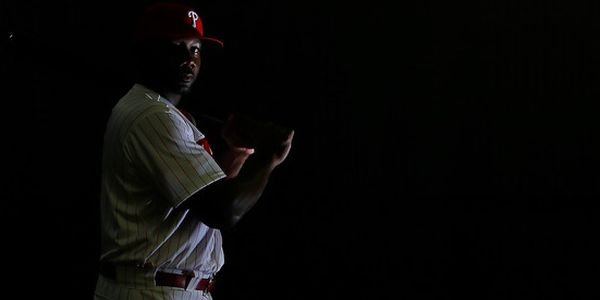

Last week we took a look at how Jesus Montero’s career has seemingly disintegrated before our very eyes. It’s a unique situation, but it isn’t completely unheard of. In fact, it happens more often you think. So, in a somewhat regular feature, I’ve decided to take a look at each position to find players that suddenly have fallen off the map. In today’s case, the situation is not so much about promise unfulfilled, but about the unpredictability of the aging process.
Ryan Howard was one of those guys that seemed destined to go the Hall of Fame. In his landmark book about the Hall of Fame (Whatever Happened to the Hall of Fame?), Bill James used something he called the “black ink test” as one of the predictors of who should be in the Hall of Fame. The black ink test simply counted the number of times a player led the league in a major statistical category. Howard’s new contract began in 2012 and you could divide his career between 2011 and the last two seasons when his contract kicked in.
|
G |
AVG |
HR |
R |
RBI |
OBP |
SLG |
|
| 2004 |
19 |
.282 |
2 |
5 |
5 |
.333 |
.564 |
| 2005 |
88 |
.288 |
22 |
52 |
63 |
.356 |
.567 |
| 2006 |
159 |
.313 |
58 |
104 |
149 |
.425 |
.659 |
| 2007 |
144 |
.268 |
47 |
94 |
136 |
.392 |
.584 |
| 2008 |
162 |
.251 |
48 |
105 |
146 |
.339 |
.543 |
| 2009 |
160 |
.279 |
45 |
105 |
141 |
.360 |
.571 |
| 2010 |
143 |
.276 |
31 |
87 |
108 |
.353 |
.505 |
| 2011 |
152 |
.253 |
33 |
81 |
116 |
.346 |
.488 |
In addition to the black ink you see above, Howard also led the league in total bases in 2006. That’s leading the league in seven statistical categories over the course of six full seasons in the big leagues. At that pace, he would lead the league in 15 to 20 statistical categories by the time he retired. That would likely be enough to get him into Cooperstown. Of course, as we have seen dozens of times before, something happened on the way to upstate New York.
Not many players drive in more than 100 runs six years in a row, so Howard shouldn’t be labeled a flash in the pan. However, there are a few guys that were similar in their careers. At age 30, Mo Vaughnalso looked like he was on his way to Cooperstown. He had averaged 110 RBIs a season over six full seasons in Boston just like Howard had in his six full seasons in Philadelphia (up to 2011). Vaughn would have two more 100 RBI seasons in Anaheim and then a partial season in New York. Then, he was done. Will Howard bounce back and give the Phillies anything more? Let’s take a look inside the numbers.
|
SO% |
BB% |
OSwing% |
Contact% |
BABIP |
|
| 2011 |
26.7 |
11.6 |
31.8 |
67.9 |
.303 |
| 2012 |
33.9 |
8.6 |
37.0 |
67.2 |
.287 |
| 2013 |
30.0 |
7.3 |
33.8 |
65.1 |
.349 |
These numbers here show the flaws that have been in Howard’s game from the get go. The 2011 numbers represent what he had done for much of his career prior to the last couple of seasons. The OSwing marks were high in the early years, but they have skyrocketed over the last couple of seasons. Yes, his last two seasons have been haunted with injuries, but even without those injuries, we’ve seen a sharp decline in production. Simply put, you have to be a pretty special power hitter to survive a contact rate this low.
|
LD% |
GB% |
FB% |
HR/FB |
ISO% |
|
| 2011 |
20.8 |
40.3 |
39.0 |
21.7 |
.235 |
| 2012 |
25.6 |
43.3 |
31.1 |
27.5 |
.204 |
| 2013 |
23.9 |
38.6 |
37.6 |
14.9 |
.199 |
The reason for Howard’s awesome success can be seen in his home runs per fly ball percentages. His home run per fly ball percentage never fell below 21.1 percent until last year. The big league average is ten percent. Howard overcame his alarming plate discipline numbers by converting an absurd number of fly balls into home runs. Add to that a fairly healthy line drive rate and you have a player that can put up some very good numbers even with some flaws.
Unfortunately, that kind of production can’t last forever. Even if Howard bounces back from his 2013 season some, we have seen his isolated power numbers steadily drop in recent seasons. In other words, he can’t sustain the kind of production that led him to that giant contract. The Phillies are stuck with a first baseman being paid 20 million per season, and he might produce half that much if they are lucky.
This is one of those cases where most of us said we told you so. That’s the great thing about the internet age. We can go back and document exactly when a majority of people said that Howard would begin his decline phase and how severe that decline phase would be. At this point, Howard is healthy, so given all of his problems, he should still produce more than 20 home runs and as many as 80 RBIs this season. That just seems so much less than where he was a couple of years ago.



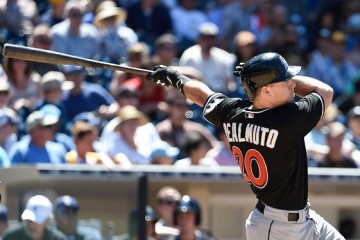
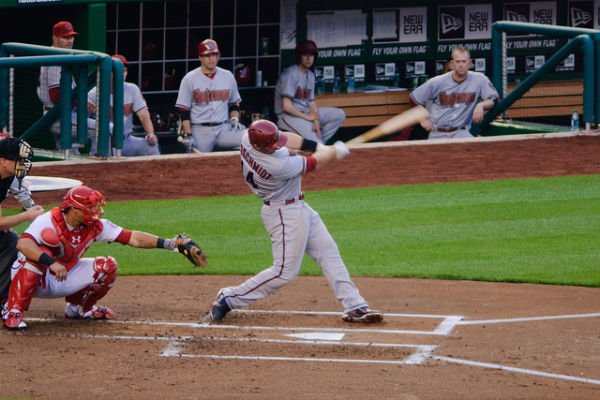
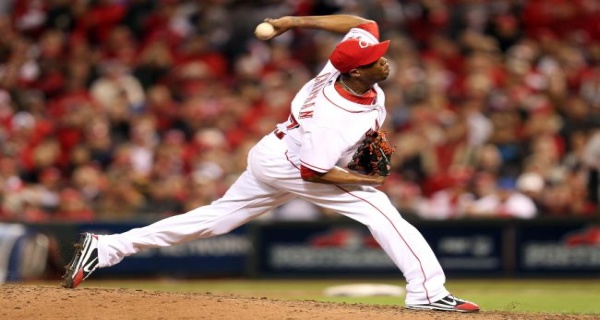
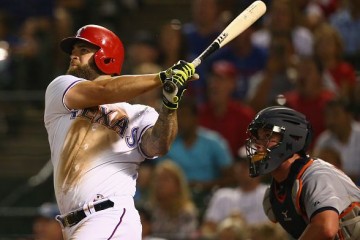
1 Comment
I call bull shit. Howard is a lock for 30 hr and 100 rbi if he plays in 130 games. He was injured. Now he is not. Plain and simple. He is only 34.